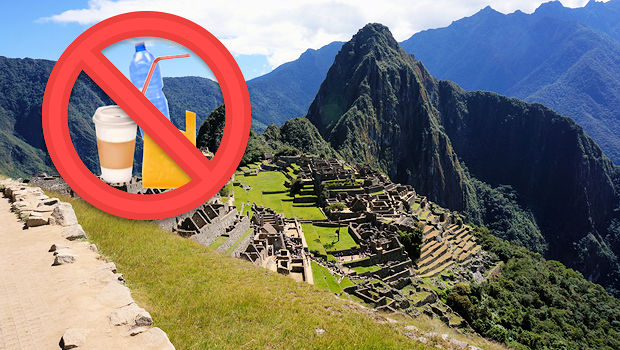
Nothing Plastic about Machu Picchu, that’s the Goal
The Inca Sanctuary of Machu Picchu, the Paracas National Reserve, Manu National Park, and dozens of other protected biodiverse areas will prohibit the use of any single-use plastics by the end of December.
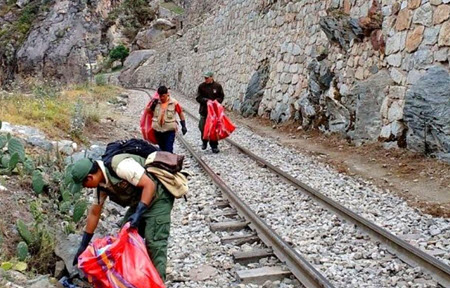
That’s according to a Supreme Decree announced by Peru’s Environment Minister, Fabiola Muñoz, signed by President Martín Vizcarra, and published on this week in Peru’s official gazette.
“The purpose of this Supreme Decree is to promote the responsible consumption of plastic and reduce the use of single-use plastics” the new rule states, “replacing them progressively with reusable, biodegradable plastic or others whose degradation does not generate contamination by micro-plastics or dangerous substances.”
The plastic reducing regulations applies to all buildings and sites under the jurisdiction of Peru’s Executive Branch and will be phased into effect nationwide within 180s days, but will start first within a month for all:
- Natural Protected Areas;
- Areas declared as Cultural Heritage;
- Areas declared as Natural Heritage of Humanity; and
- Peru’s national museums.
That means as of December, tourists will no longer be able to enter cultural heritage sites like Machu Picchu or Ollantaytambo, natural parks and reserves like Huascaran or Tambopata, or any of Peru’s state-run museums with plastic bottles, straws, bags or Styrofoam containers.
Tourism at Machu Picchu produces about 14 tons of solid waste per day at the historic mountaintop Citadel and the bustling town of Aguas Calientes in the gorge below, daily El Comercio reported earlier this year. Much of that garbage is comprised of empty plastic water bottles.
Solid waste management has for years been one of the major challenges cited by UNESCO for Machu Picchu’s preservation.
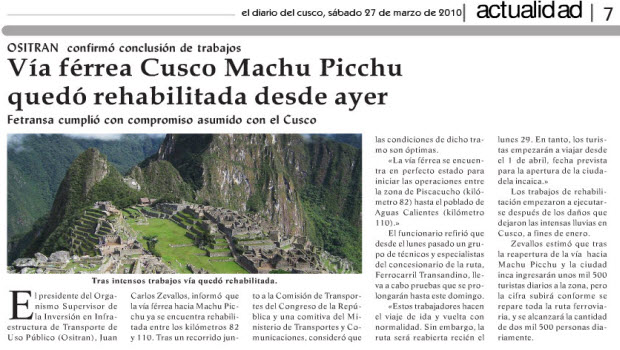 Limited train service to Machu Picchu set to resume today, but expect some wrinkles…
Limited train service to Machu Picchu set to resume today, but expect some wrinkles… 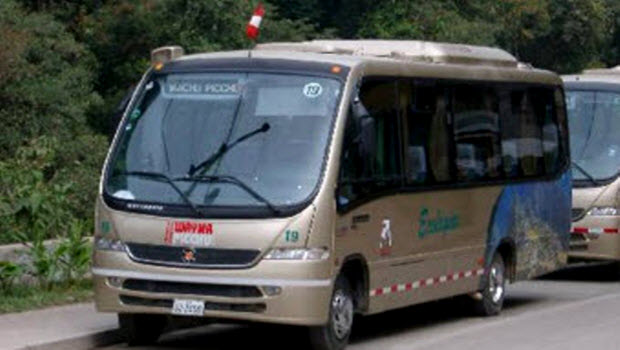 Bus ride up to Machu Picchu hiked, AGAIN!
Bus ride up to Machu Picchu hiked, AGAIN!  Peru to bolster security along Inca Trail to Machu Picchu
Peru to bolster security along Inca Trail to Machu Picchu  Inca Rail merger with Andean Railways to broaden train options to Machu Picchu
Inca Rail merger with Andean Railways to broaden train options to Machu Picchu 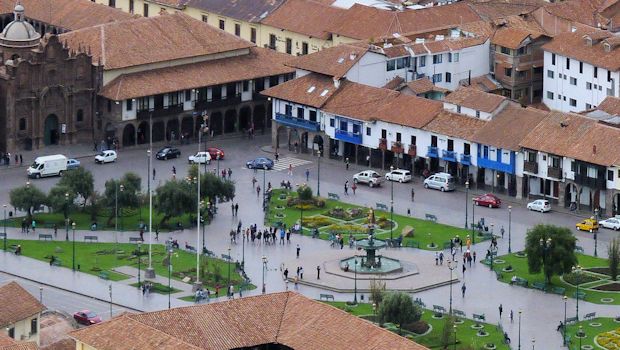 Orchid specialists to visit Cusco Feb. 25-28 for conservation conference
Orchid specialists to visit Cusco Feb. 25-28 for conservation conference 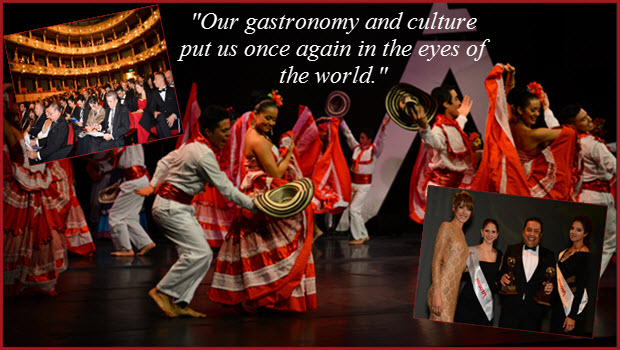 Peru Wins: South America’s Top Culinary & Cultural Destination
Peru Wins: South America’s Top Culinary & Cultural Destination  Photos of landslide blocking road to Machu Picchu
Photos of landslide blocking road to Machu Picchu 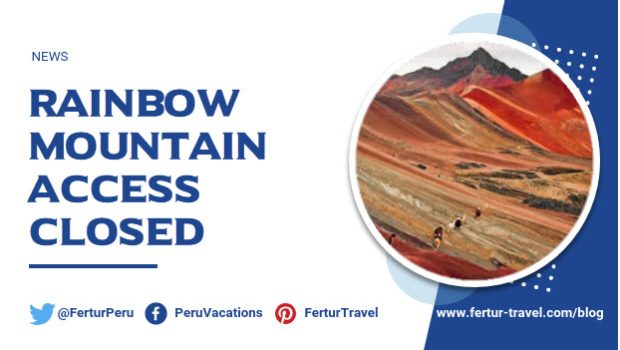 Rainbow Mountain is once again open
Rainbow Mountain is once again open